Different types of clothes dryers and how to choose one that's right for you
Written by
26 June 2024
•
11 min read
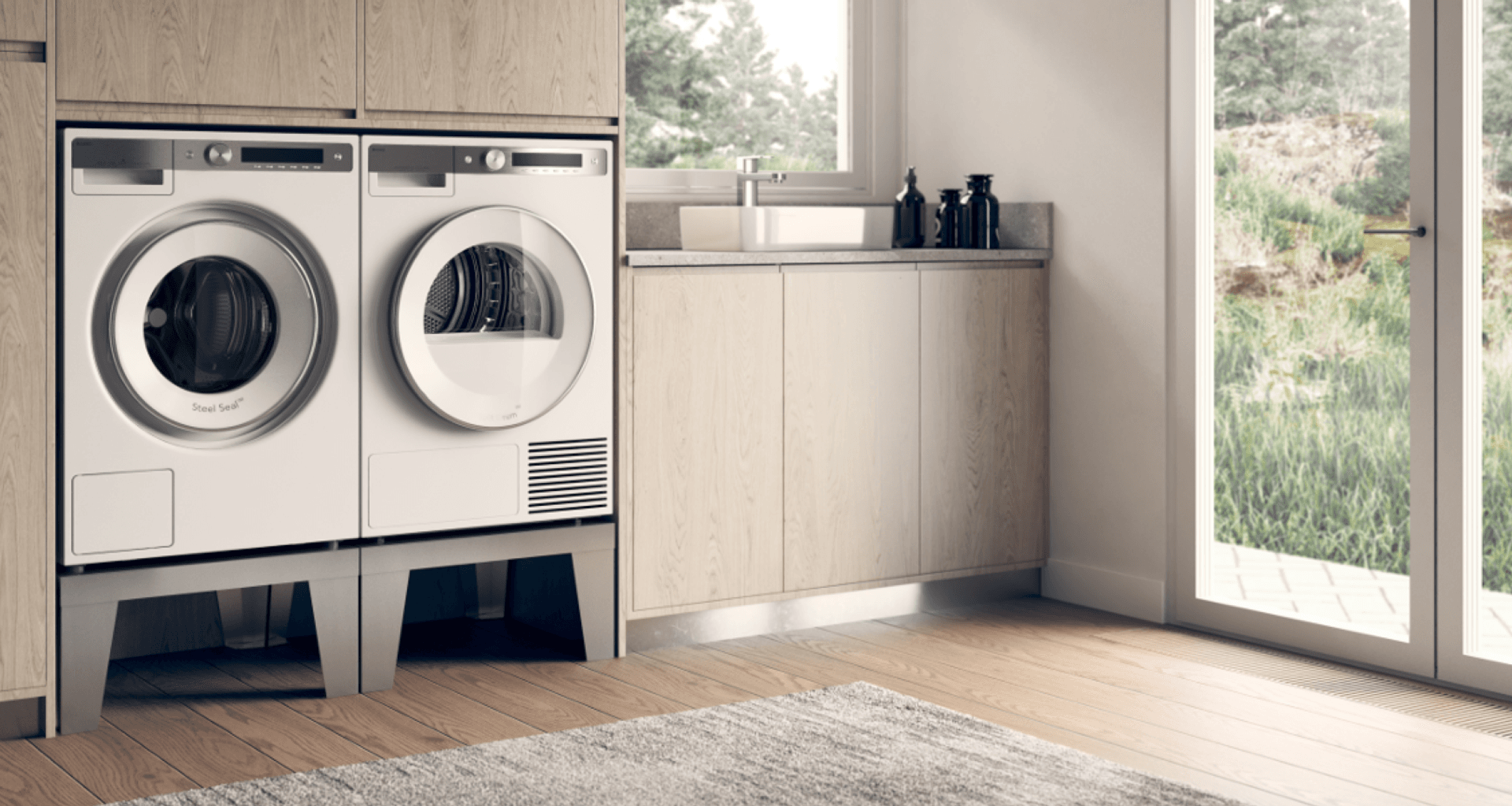
Buying a new clothes dryer isn't something you do all that often, so for most the journey begins with a bit of a refresher and update. Appliances across all areas of the home have evolved significantly over the years and clothes dryers are no different. Newer types, like heat pump dryers, have emerged as extremely popular choices — one of many great options to consider to make your laundry tasks easier and more enjoyable.
1. Vented dryers
A vented clothes dryer uses a drying process that expels hot, moist air outside through a vent. They are not quite as popular as they once were in Australia with newer ventless models being preferred but they are still highly effective, drying clothes relatively quickly while being straightforward to use. They are also the most affordable type of clothes dryer on the market, available for $300 - $600, making them a tempting prospect for many. However, they are not quite as energy efficient as modern alternatives so they tend to have higher running costs in the long term.
Pros of vented dryers
- Fast drying cycles.
- Affordable upfront pricing.
- Simple to use and maintain.
Cons of vented dryers
- Requires an external venting system and professional installation.
- If not vented properly, can cause humidity issues.
- Often less energy efficient compared to modern alternatives.
2. Condenser dryers
A condenser clothes dryer condenses the moisture extracted from clothes into water, which is then collected in a tank or drained away through a hose. They don't expel any moist air (as the heat exchange condenses it to water) so no external ventilation is required. They can take a little longer to dry clothes than some other options but often boast advanced features for gentle drying, advanced moisture sensors and more. You can expect to spend anywhere from $500 - $1,500 for a condenser dryer in Australia depending on the brand and features.
Pros of condenser dryers
- Can be installed anywhere as no external venting is required.
- Energy-efficient, especially newer models with custom features.
- Doesn't expel moisture into the air, reducing the risk of mould and mildew.
Cons of condenser dryers
- Not as cheap as vented dryers.
- Does expel hot air which can heat small laundry spaces.
- Water tanks and reservoirs need to be emptied regularly.
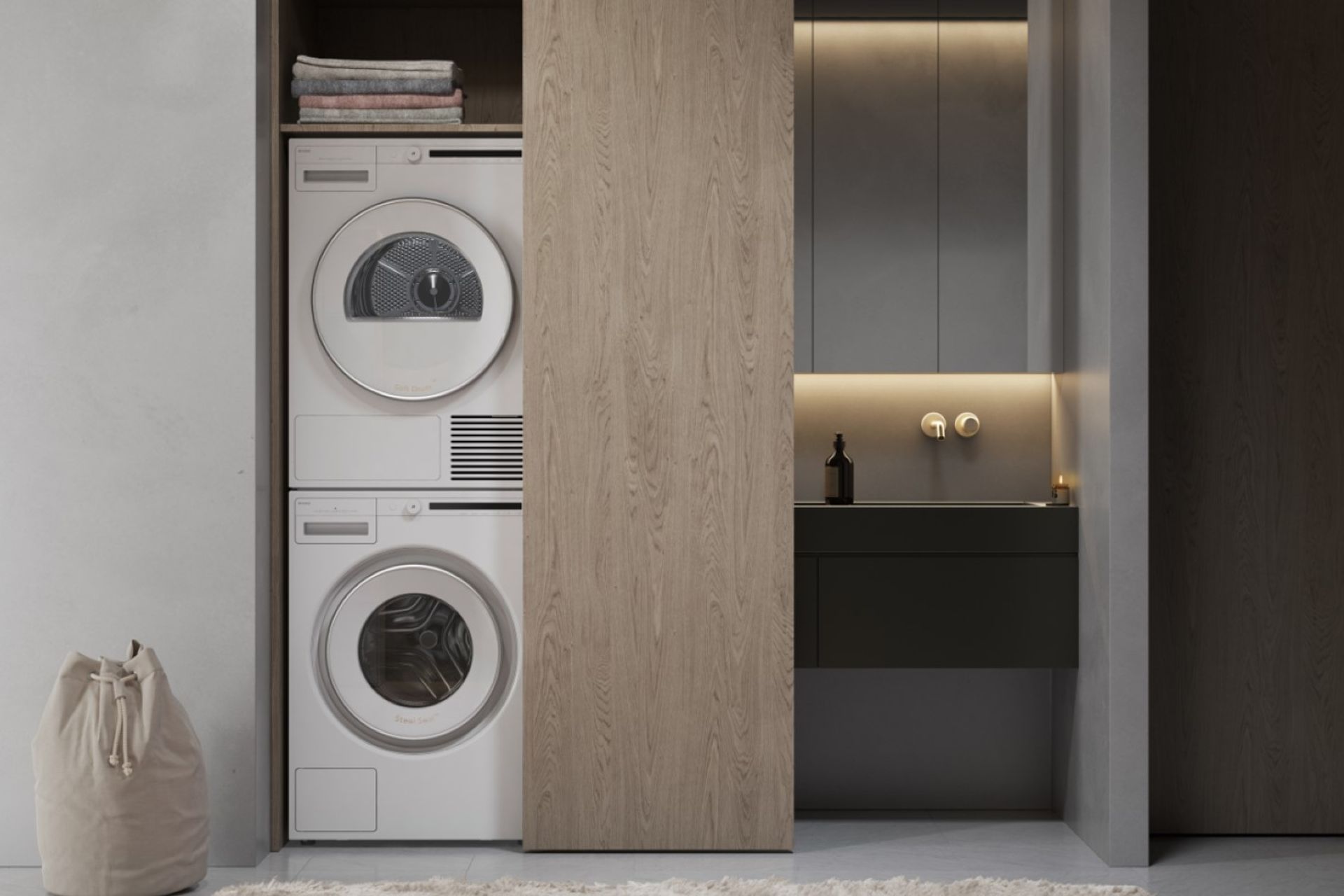
3. Heat pump dryers
A heat pump clothes dryer is an advanced type of dryer that uses a heat pump to dry clothes. A refrigerant system is used to extract moisture from the clothes which also circulates air within the dryer, capturing and reusing heat, making it highly energy-efficient. They operate at lower temperatures, making them gentler on clothes with lower running costs, however, they tend to be more expensive to buy with pricing from $800 - $2,000 with premium models costing even more. Heat pump dryers are fast becoming the most popular type of clothes dryer in Australia.
Pros of heat pump dryers
- Highly energy efficient.
- Gentle on fabrics.
- Low heat emission for a cool laundry room.
Cons of heat pump dryers
- Low drying temperatures can have longer drying times.
- High upfront purchase price.
- Advanced technology means repairs can be costly.
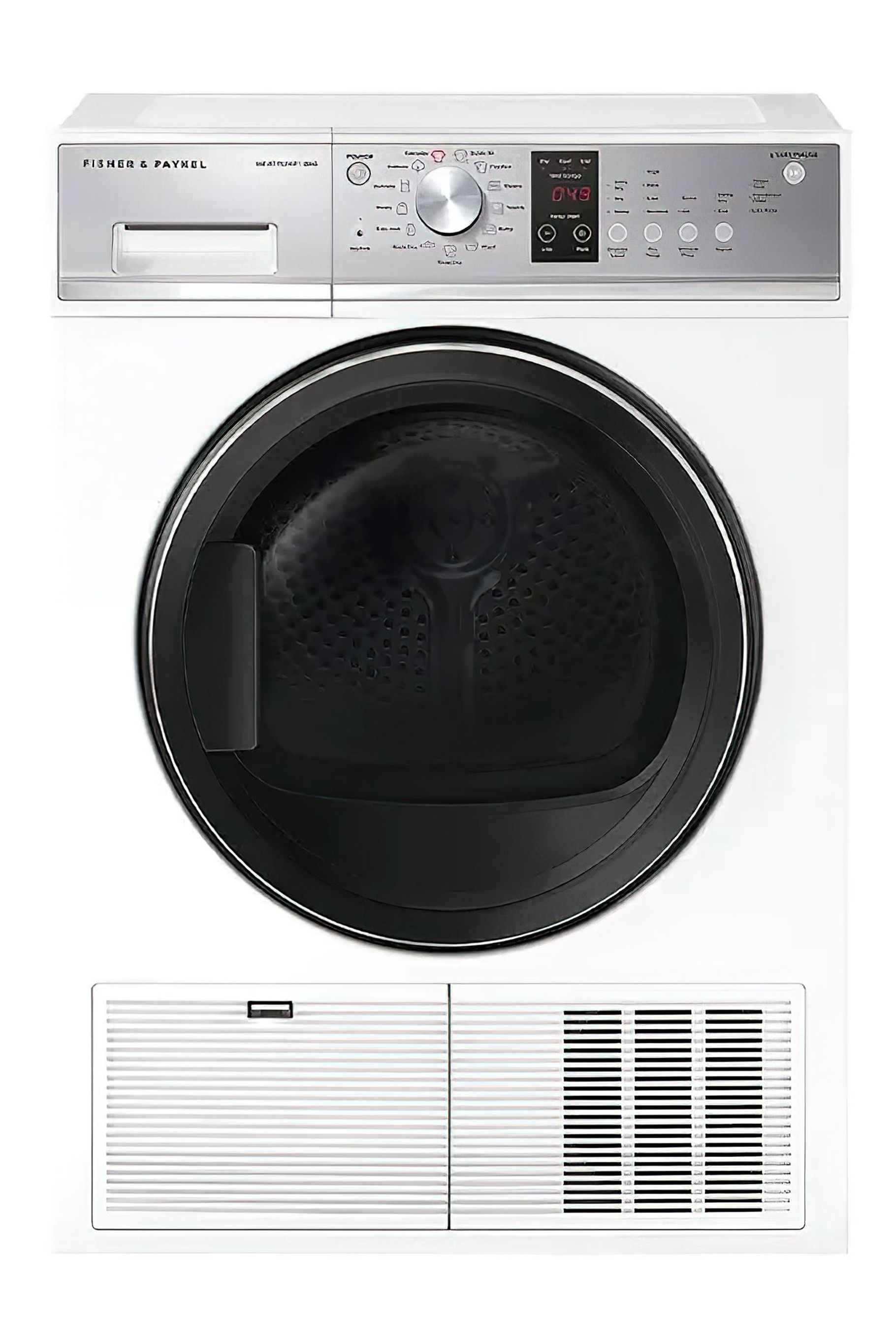

4. Washer-dryer combos
A washer-dryer combo is a single laundry appliance that functions as both a washing machine and a dryer. This all-in-one unit is designed to handle both washing and drying laundry in one cycle, making it an incredibly convenient, easy-to-use option. It's also a great space-saver for those with small laundry rooms with only one appliance needed to meet all your needs. However, the dryer capacities are usually less than the washing capacities so if you want to have a continuous wash and dry cycle, you'll need to run it at the smaller drying capacity. The individual cost of a unit tends to be higher, starting from $1,000 - $4,000, though this can work out cheaper than buying a separate washing machine and dryer.
Pros of washer-dryer combos
- Convenience of a single appliance that can wash and dry your clothes in one cycle.
- Space-saving solution for those with limited space.
- Can be cheaper than alternatively buying two separate appliances.
Cons of washer-dryer combos
- Many models have a lower drying than washing capacity which means you need to have smaller loads to use both functions in one cycle.
- Combining the washing and drying process naturally makes it longer overall.
- If a breakdown occurs, you effectively lose the use of two appliances at the same time.
5. Drying cabinets
A drying cabinet is designed to dry clothes by hanging them inside an enclosed cabinet where warm air is circulated. Unlike traditional tumble dryers, drying cabinets do not use mechanical action to dry clothes. Instead, they rely on gentle airflow and heat, making them suitable for delicate fabrics and all those clothes items you have that cannot be tumble-dried. They are incredibly quiet as a result of their design, with a very reduced risk of shrinkage or colour damage but They are large units so you'll require a bit of space. They are also considered premium products and will cost you from $2,500 - $6,000.
Pros of drying cabinets
- Gentle on delicate clothes and fabrics.
- Quiet operation with little to no noise.
- Reduced risk of shrinkage or colour damage to clothes.
Cons of drying cabinets
- Large units that take up considerable space.
- Long drying process which is not as energy efficient.
- Premium product with a premium price tag.
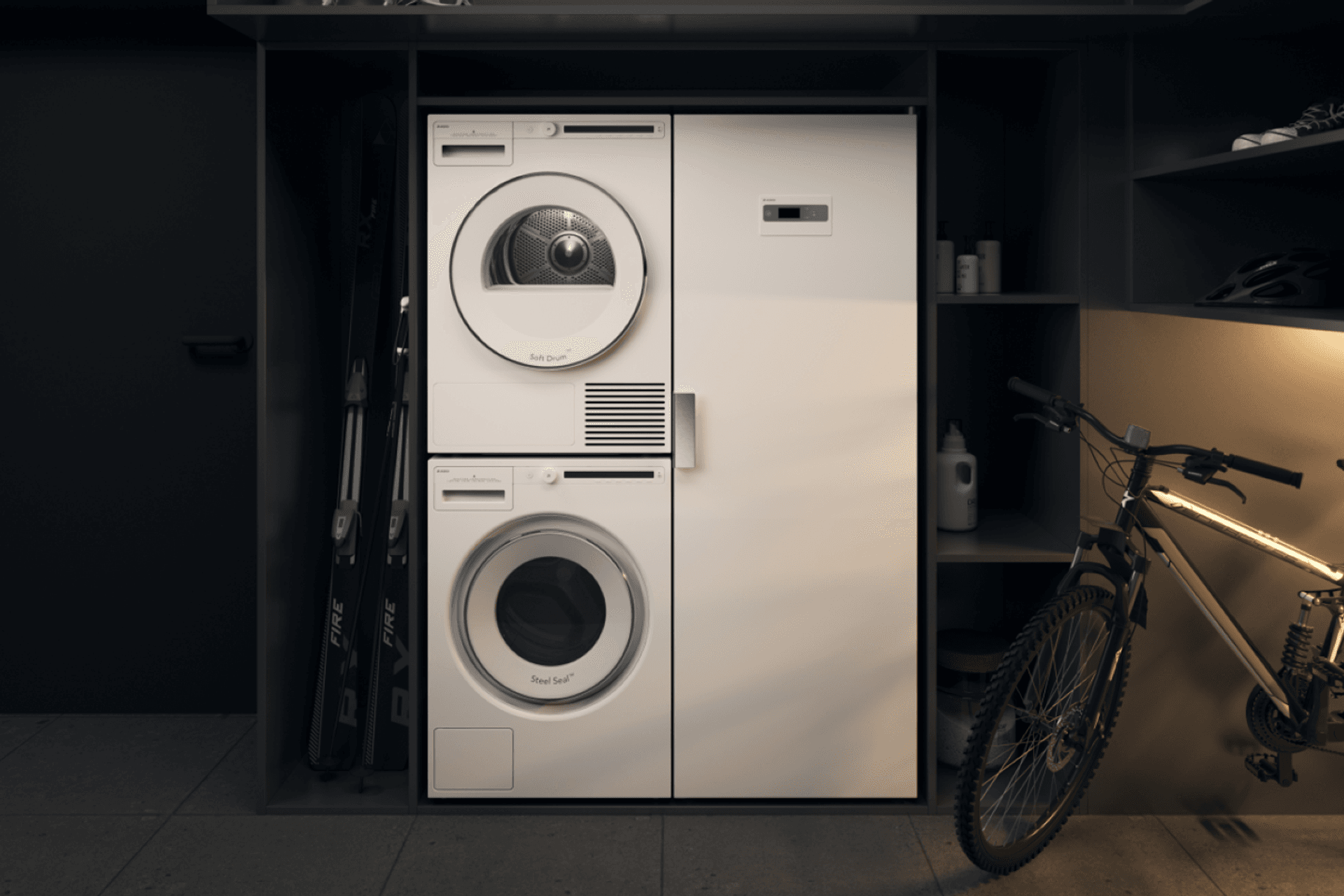
6. Gas dryers
A gas clothes dryer burns natural gas or propane to generate heat which is then circulated through the drum to dry clothes. To state the obvious, they require a gas line plus an electrical outlet for operation and aren't nearly as prolific as other models. But, for those with a gas line installed, they make an intriguing prospect as they tend to have lower utility costs and can dry clothes very quickly. However, there isn't a huge range of products in this category and they tend to be more often used in commercial settings with higher pricing as a result, often between $1,300 - $4,000.
Pros of gas dryers
- Quick heat generation leads to fast drying times.
- The lower fuel cost of gas makes it cost-effective in the long run.
- Efficiently removes moisture.
Cons of gas dryers
- Installation is more involved, requiring the expertise of a professional.
- Pricing is high and options are limited.
- Ongoing maintenance is important to avoid the potential for gas leaks.
Key factors to consider when choosing a dryer
With the main types of clothes dryers and their qualities covered, you now need to decide which is best for you. Addressing the following factors will help you think about your potential options in the right context, helping you make the most suitable choice for your home.
Size and capacity
Generally speaking, the dimensions of clothes dryers in Australia are fairly uniform, measuring about 60 cm in width, 85 cm in height and 60 cm in depth. There are subtle variations, model to model, but the bottom line is you want to be sure that your dryer will fit the space that you have available.
The capacity, which is the amount of weight in dry clothes that the dryer can manage, is slightly more variable and an important one to think about. Here the range starts at 4 kg - 10 kg, with those at the smaller end suitable for individuals or couples and those at the upper end best suited for large families or homes where the laundry demands are high.
Costs
The cost of a clothes dryer refers, not only to its purchase price but its running and maintenance costs as well. The purchase price has been fairly comprehensively covered for each type which leaves us with the running costs and the potential cost of repairs.
The running costs can be calculated by looking at the clothes dryer's energy star rating, taking the annual energy consumption in kilowatts (kWh) and multiplying this by your local electricity rate.
According to Compare Energy, most electricity providers across Australia charge between 25 and 45 cents per kWh so a figure of about 35 cents per kWh is a safe average to quickly estimate the running costs.
For example, the formula for the running costs of a clothes dryer with an annual energy consumption of 500 kWh will be:
500 kWh x 0.35 cents per kWh = $175 per year
The cost of maintenance and repairs can vary so is slightly harder to approximate. Repair costs typically include the cost of labour ($60 - $150 per hour), a call-out fee ($50 - $100) and parts which can be anything from $100 or less to replace a fuse, thermostat or belt to $200 or more to fix a motor, control board, drum etc.
The key to all this is to try and pick a clothes dryer from a reputable brand, with good reviews and a decent warranty, to reduce the chance of repair and give yourself peace of mind.
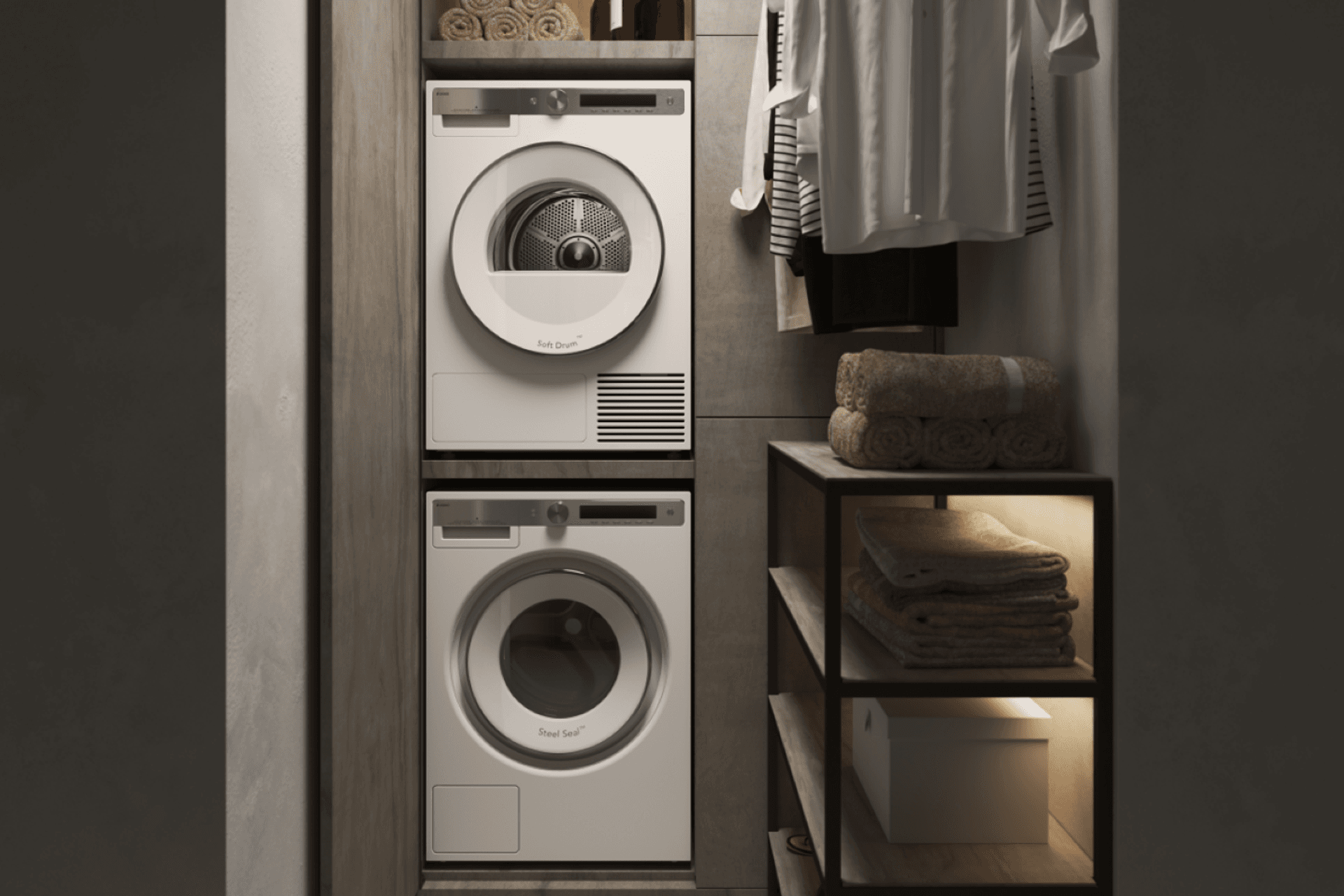
Energy efficiency
Energy efficiency is often an important factor for many, influencing your running costs and the impact it has on the environment. Most dryers will have an energy star rating of between 1 and 6 stars, however, some super-efficient models are given an extra row of stars that go up to 10.
As we've just shown, energy consumption can make quite a big difference over a year, and more so across 10 years which is the lifespan you can expect from a high-quality choice.
A new condenser dryer and heat pump dryer will often boast a high energy star rating while a vented dryer or drying cabinet may be lower. They do vary, from product to product, so it pays to check and compare all your options carefully.
User experience
A good laundry appliance is easy to use, does its job well and adds convenience to your life. With clothes dryers, this comes through in several different ways.
The drying times, being the amount of time it takes to dry a load of clothes, is a key factor and is something to look at for all the options you're looking at. For example, a vented dryer or gas dryer will typically dry a standard load of clothes in 30 - 60 minutes while a condenser or heat pump dryer might take 60 - 150 minutes. However, most modern models offer a variety of drying cycles including high-heat 30 minute cycles, that can quicken the process which is why it is important to check each option individually.
Another important aspect of the user experience is the noise level, especially for those who often have to run the dryer in the evening. Heat pumps and gas dryers tend to be the quieter options at around 50 - 65 dB while condenser and vented dryers tend to be around 60 - 70 dB. The lower the number, the quieter the operation and it's a good one to look out for as most manufacturers will have this information online.
Last but not least, the features a dryer has, can make a big difference to how you use it and what you get out of it. The number of drying cycles just discussed, can increase its versatility and make it operate in a better way for certain types of laundry, like towels, sheets, delicates etc. Sophisticated moisture sensors can also cut down drying times and prevent overheating and drying. Small things, like interior drum lights, can be very handy while attachments like drying racks are great for protecting shoes and soft toys that might otherwise be damaged in a spin cycle.
The wide range of these features shows just how diverse the different offerings for each option can be and is a great way to differentiate one from another to help you make that final decision.
Choosing the best type of clothes dryer for you
Now that you have a great understanding of all the different types of clothes dryers and criteria to think about, you should be well-placed to make a choice that will meet all your needs and more. There are some excellent options on the market with features that are always evolving so try your best to take the opportunity to pick something that will add real value to your home and your day-to-day life.
Related article: Top loader vs front loader washing machines — A comprehensive guide for 2024